HP Inc. Faces Sharp Stock Drop After Weaker Earnings Outlook
HP Inc. $HPQ reported a substantial downward revision of its profit forecast, sparking a sharp fall in its stock price by up to 13% on Thursday. The tech company’s updated annual outlook reflects headwinds from both macroeconomic pressures and the persistent effects of US-imposed tariffs on Chinese imports. The combination of weakening demand and trade friction has prompted concerns regarding revenue stability and operational efficiency.
Q2 Results Show Margin Pressure
According to HP’s latest statement, adjusted earnings per share for the quarter ended in July are projected to range from 68 to 80 cents. This is well below the average analyst estimate of 91 cents per share. Reported second fiscal quarter profits came in at 71 cents per share, missing consensus expectations of 81 cents. HP attributed a 12-cent reduction in profit directly to tariffs and the associated costs incurred by shifting part of its manufacturing base out of China.

Key Recent Developments Affecting HP Inc.
Downward revision of annual profit guidance signals heightened caution in management’s outlook.
Q2 adjusted earnings underperformed market expectations by 10 cents per share.
Impact of US tariffs, coupled with supply chain restructuring costs, knocked 12 cents off quarterly profit.
HP shares plummeted as investor confidence wavered amid softer forecasts.
Chief Financial Officer Karen Parkhill emphasized external economic challenges and the ongoing burden of international trade barriers.
Strategic Implications and Sector Insights
The revised guidance and disappointing earnings reflect broader challenges confronting the global PC and printing industry. Shifting manufacturing assets away from China introduces immediate expenses while offering longer-term resiliency against tariff risks. However, in the short term, cost absorption and disrupted supply lines continue to weigh on profit margins. Investor reactions demonstrate not only sensitivity to short-term profitability but also concern regarding HP’s ability to maneuver in a shifting regulatory and economic landscape. Sustained macroeconomic pressure and continued trade tensions underscore the importance of diversification in sourcing and adaptive supply chain strategies for tech manufacturers.


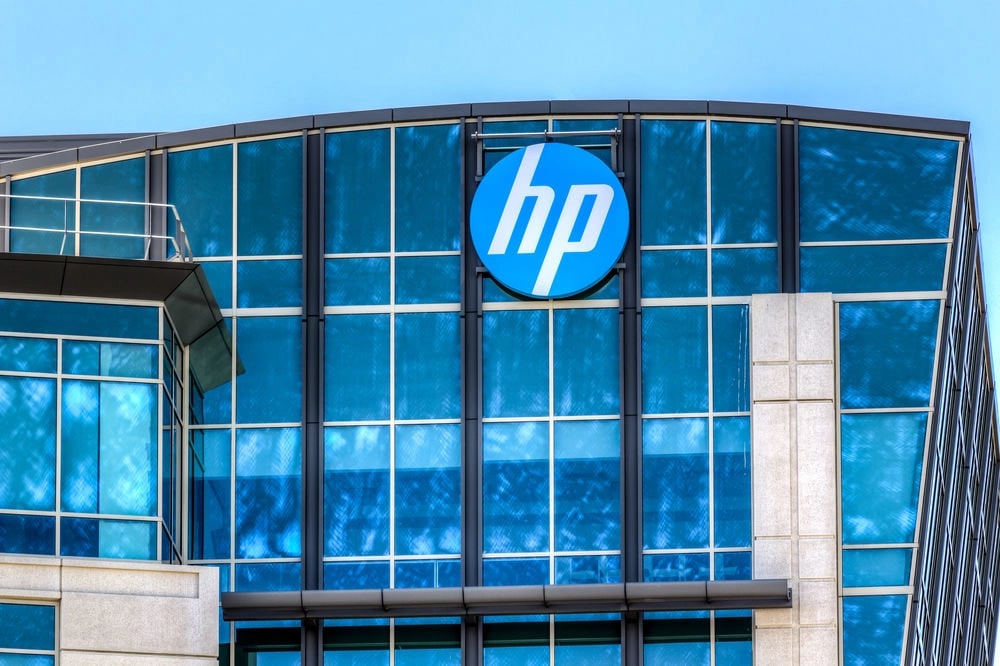

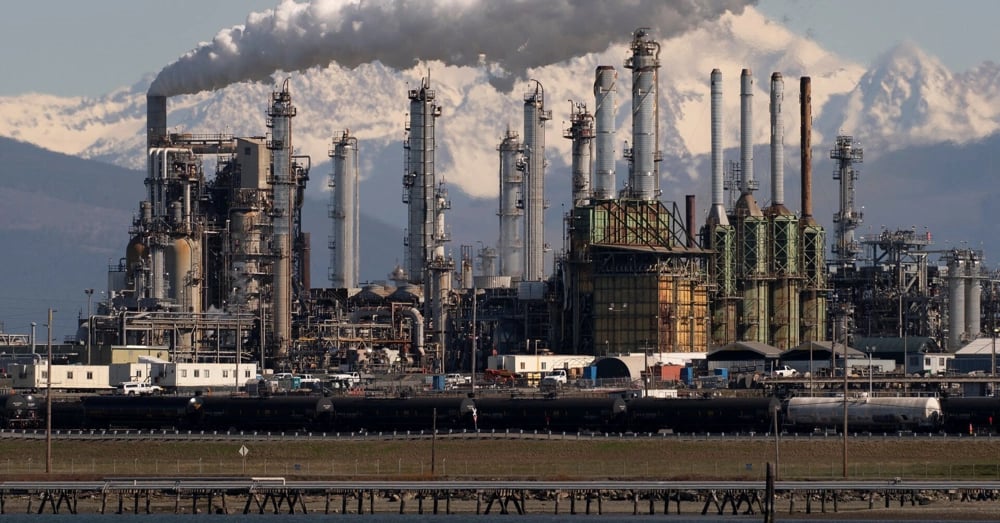




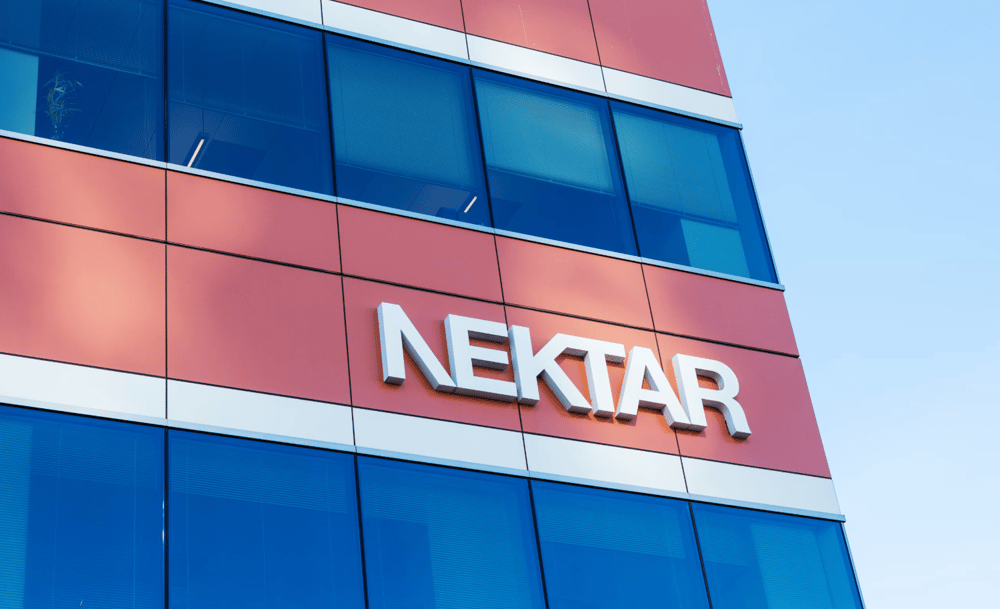
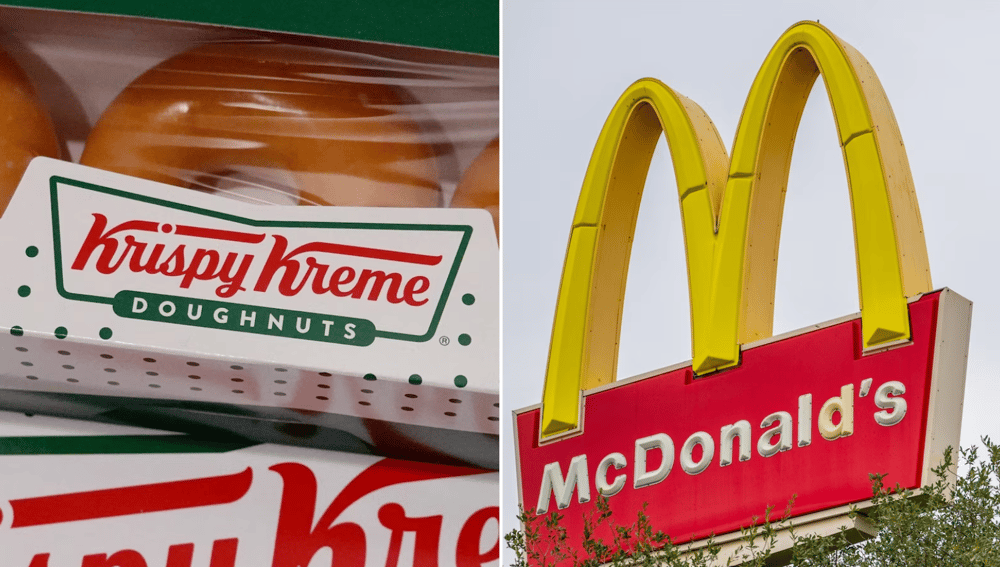
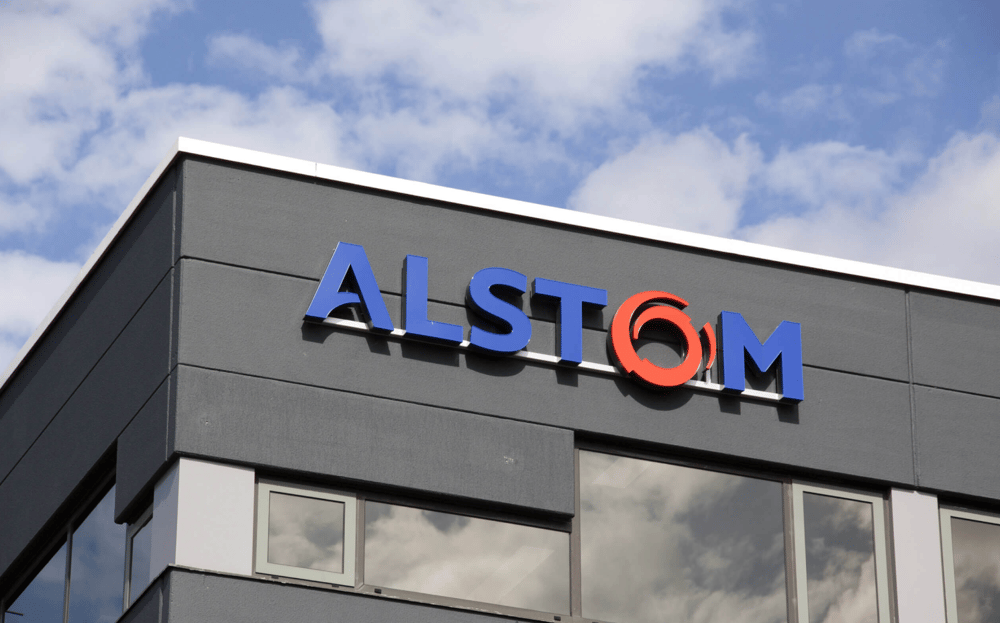



Comments
HP’s revised forecast proves that even tech giants aren’t immune to the double whammy of economic slowdown and trade tensions.
HP's new forecast cut casts a stark light on the combined impact of trade tensions and macro headwinds.